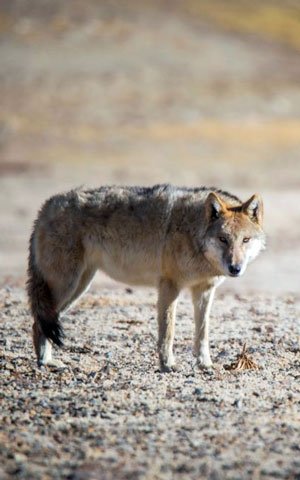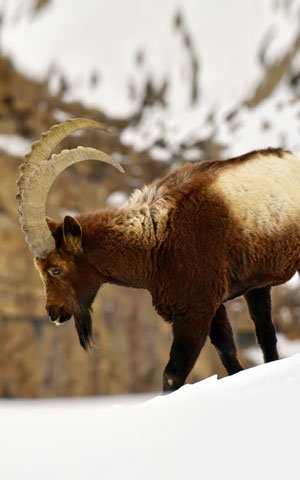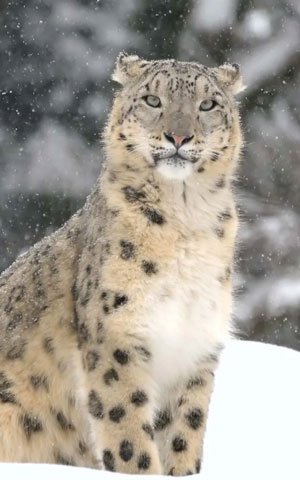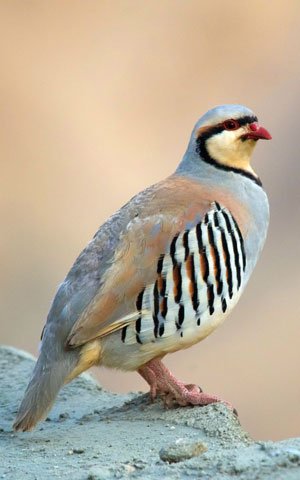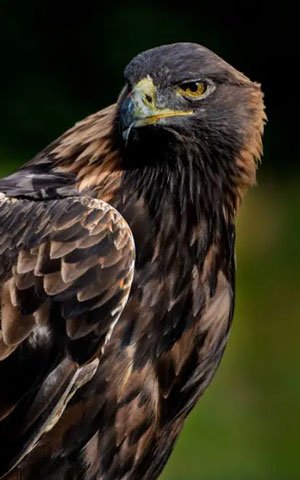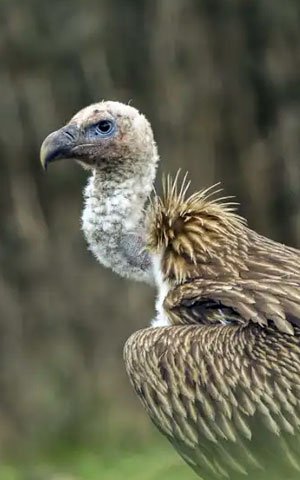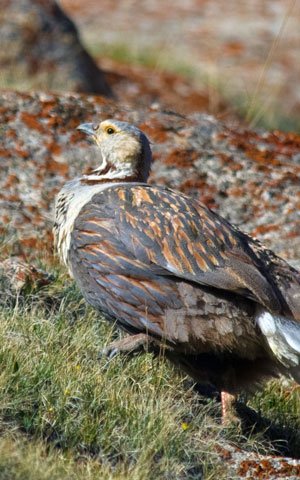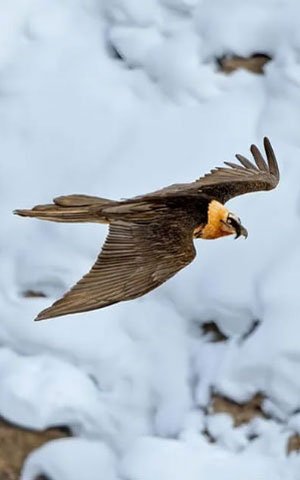
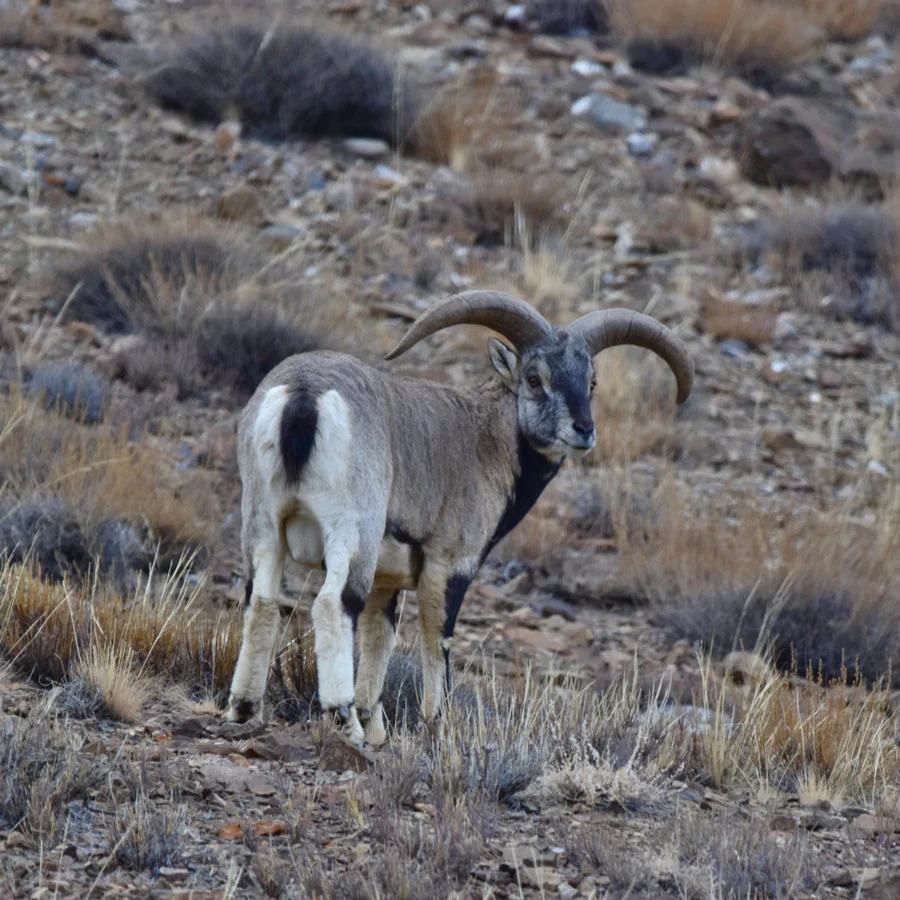
The area of the Kibber wildlife sanctuary is 2220.12sq. km. The entire area is very rich in biodiversity and has historical, economic and medicinal significance. Kibber wild life sanctuary falls in the Upper Spiti Landscape which falls under Spiti Wildlife Division of Himachal Pradesh Forest Department. All of the Spiti wild life division has been declared as a Cold Desert Biosphere Reserve in 2009.

Significance of Kibber wildlife sanctuary
Kibber wildlife sanctuary a part of upper spiti landscape is inhabited by highly important species of flora and fauna. In addition, these regions provide essential ecosystem services and harbours river systems vital for the nation’s food security. Parts of the sanctuary are along international border therefore important for the country’s national security as well as international relations.

Fauna/Mammals @ Kibber Wildlife Sanctuary
The fauna fond in Kibber Wildlife Sanctuary are of unique in their habit and very important from the protection point of view. Major spp. found in the area are listed as under:- Snow Leopard (Panthera uncia), Himalayan Ibex (Capra ibex), Blue Sheep (Pseudois nayaur), Red Fox (Vulpus vulpus), Himalayan Wolf (Canis lupus), Long Tailed Marmot (Marmota caudata), Wooly Hare (Lepus oiostolus), Royal’s Pika (Ochotona roylei).
-
 Climate
Climate -
 Geology, rocks and soil
Geology, rocks and soil -
 Threats
Threats -
 Eco Sensitive Zone for Kibber WLS
Eco Sensitive Zone for Kibber WLS
Climate
Kibber wild life sanctuary occurs on the leeward side of Pir Panjal branch of the Himalaya that cut off the monsoonal effect from the plains rendering the area dry and cold. Westerly disturbances in the winter bring some precipitation in the form of snow, but still receive much lesser snowfall compared to the adjacent Lahul Valley, kullu and Kinnaur regions. The annual precipitatoion in this region is recorded at 200mm annually. The temperature can range from -40 degree Celsius in peak winter to 30 degree Celsius during peak summer, with the minimum temperature remaining sub-zero from September to April.
Geology, rocks and soil
The Fossil flora and fauna from Carboniferous-Permian- Triassic period have been documented in Spiti. The most of the fossils are marine in origin. The ammonite and trilobite fossils are of particular importance as they are excellent index fossils, enabling geologists to date age of the rocks in which they are found on the basis of particular species or genera of fossils. The lithology of the area follows its stratigraphy and is characterised by sharp changes in a combination of quartzite, shales, limestone, dolomites and conglomerates. The high-altitude desert soils are predominantly sandy and shallow, derived mainly by disintegration due to marked diurnal and seasonal fluctuations of temperatures. The avalanches and streams bring down enormous soil masses to the lower valleys and alluvial fans making them particularly rich in plant cover. The soils are mostly silty loam to silty-clay loam in texture with a slightly alkaline pH, poor organic matter and water holding capacity. Soils are low in available nitrogen, phosphorous, potassium and carbon, however are better supplied in calcium.
Threats
Unregulated foot fall of tourists is not only disturbing the Wildlife habitats but also restricting the movement of animals from one part of the protected are to another part. For winter snow Leopard sighting high end tourists spend huge amounts and tour and travel agents put all means such as scanning of the areas to ensure sighting of the snow leopard. This type of practice not only disturb the peace of snow leopard but also that of other animals.Apart from this feral dogs or free ranging dogs keep on chasing wild animals. This results in the mortality of young ones and population is not increasing to that pace as it should have been in place. Measures are being taken to address this menace through dog sterilization programmes through veterinary department are in place, but results are not satisfactory as of now. Intensive drive towards this area needs to be started.Threats regarding illegal poaching, hunting are minimal or not reported till date in this sanctuary as the people of the surrounding area believe that hunting of wild animals is sin.
Eco Sensitive Zone for Kibber WLS
Notification of Kibber ESZ In exercise of the powers conferred by sub-section (1), clauses (v) and (xiv) of subsection (2) and sub-section (3) of section 3 of the Environment (Protection) Act 1986 (29 of 1986) (hereafter in this notification referred to as the Environment Act) read with sub-rule (3) of rule 5 of the Environment (Protection) Rules, 1986, the Ministry of environment, Forests & Climate Change (MoEF&CC) notified an area to an extent varying from of 1.5 kilometre to 11 kilometre around the boundary of Kibber Wildlife Sanctuary, in Lahaul and Spiti District in the State of Himachal Pradesh as the Eco-sensitive Zone vide notification S.O. 2135(E) dated 6th May 2022.Extent and boundaries of Kibber Eco-sensitive Zone The extent of Eco-sensitive Zone varies from of 1.5 kilometre to 11 kilometre around the boundary of Kibber Wildlife Sanctuary and the area of the Eco-sensitive Zone is 627 square kilometres.Map of Kibber Eco-sensitive Zone Download Notification
Download Details

Himalayan Lungwort (Lindelofia stylosa)
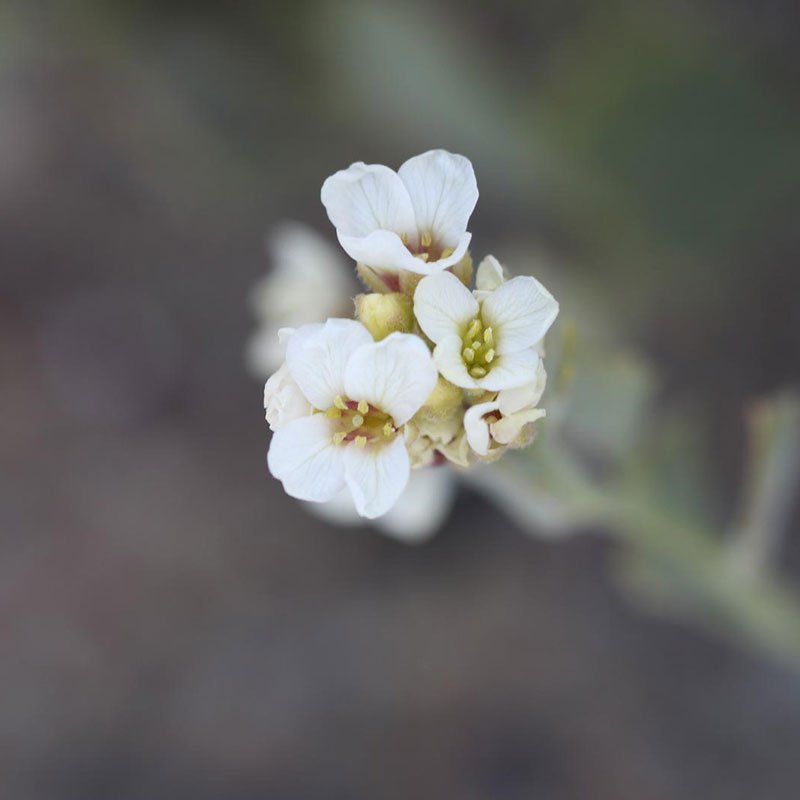
Afghani Christolea (Christolea crassifolia)
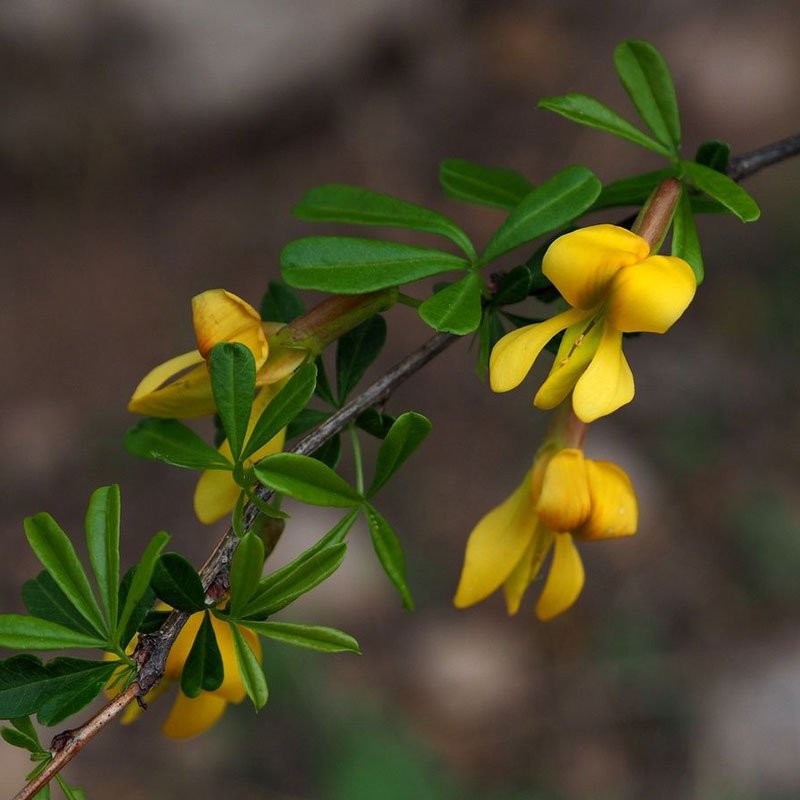
Caragana (Caragana versicolor)
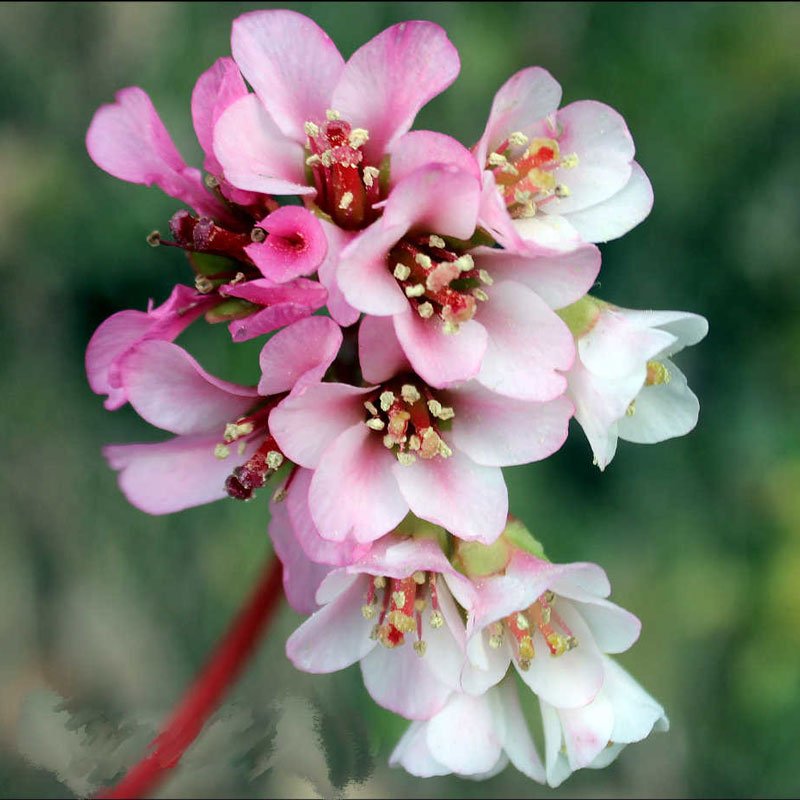
Himalayan Bergenia (Berginia stracheyi)
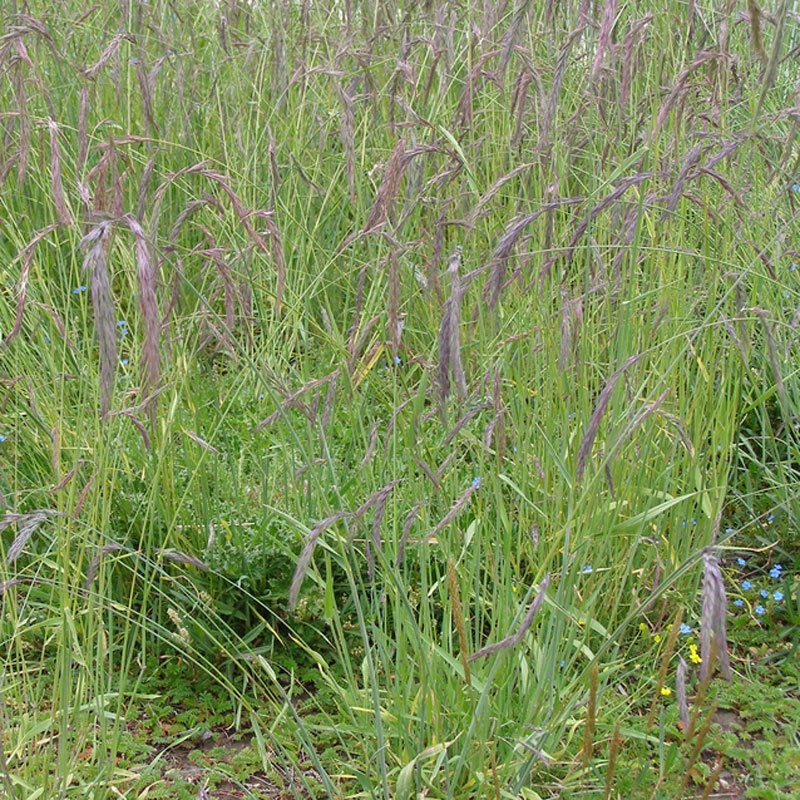
Native Wild Rye Grass (Elymus nutans)

Ratanjot (Arnebia euchroma)

Goldenbanners (Thermopsis inflata)
Vegetation/Flora @ Kibber Wildlife Sanctuary
Total 116 plant species were recorded belonging to 71 genus and 33 families during floristic survey in Kibber WLS which includes 9 species of shrubs and 107 species of herbs. The results of floristic survey revealed that the dominant family was Asteraceae followed by Fabaceae and Rosaceae.
The vegetation found in the Kibber Wildlife Sanctuary are herbaceous in nature and having medicinal property. Commonly found spp. are listed as under:
Ratan Jot (Arnebia euchroma), Atis (Aconitum heterophyllum), Pashanved (Bergenia stracheyi), Somlata (Ephedra gerardiana), Kutki (Picrorhiza kurrooa), Caragana (Caragana versicolor), Thangdoom (Hyoscyamus niger), Gipachi (Nepeta longibracteata), Sangthick (Primula spp.)


